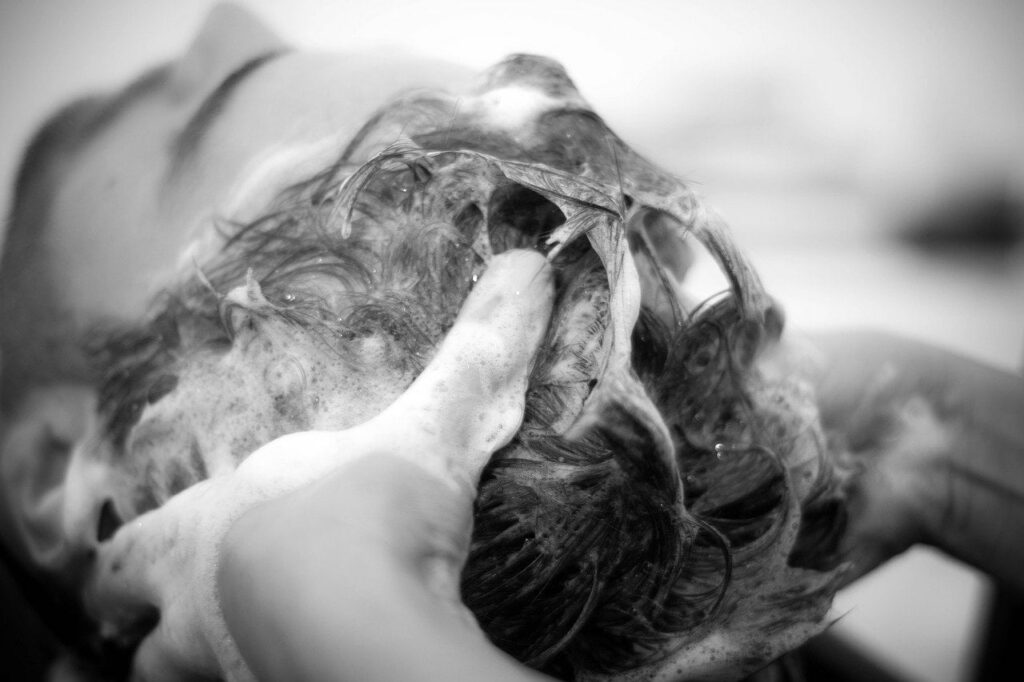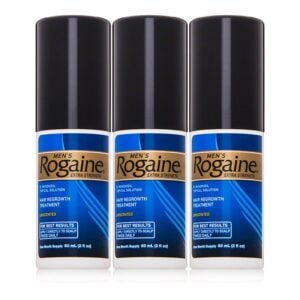What Shampoo Should I Use After Hair Replacement?
Don’t know how to protect your hair against the damage caused by shampoo your using after hair transplant or replacement?
Following the completion of a hair transplant procedure, patients should closely follow the instructions given to them by the hair transplant surgeon. Many wonder ‘how do you wash your hair after a transplant?’ A qualified hair restoration surgeon will include specific instructions regarding not only how, but the ideal type of shampoo to use following the procedure. In most cases, hair transplant clinics in Houston, NYC; Washington D.C., Newport, Manila, Philippines; Dubai, Abu Dhabi,U.A.E.; and Karachi, Pakistan, will either provide or recommend a shampoo specifically designed for use immediately following the completion of a hair transplant procedure.

The period of time in which it will be necessary to use a specific shampoo will likely be limited to the first 7 to 10 days, as the grafts will have taken root by this time and the patient can then begin treating their hair in the same way they did before undergoing the transplant procedure. Even so, many patients opt to change their hair care habits following the completion of their procedure, while quite a few choose to utilize natural oils as a method for strengthening their remaining hair and protecting it against the damage caused by washing and shampooing.
In addition to using natural oils such as coconut oil to help strengthen hair, many patients try to preserve their remaining hair through the use of prescription and non-prescription shampoos and other topical solutions.
To best protect your newly transplanted hair you should look for shampoos that feature ingredients such as:
- copper
- zinc
- keratin amino acids
- ketoconazole
Patients who are unsure which course of action is best for their individual needs should consult their hair transplant doctor and discuss which option will be most effective.
It is worth reiterating the importance of adhering to the doctor’s specific instructions throughout every stage of the hair transplant process for the best results. Even though supplementing a hair transplant procedure like FUE and FUT is known to be effective in the overwhelming majority of circumstances, patients should always create a plan of action with the help of their doctor. After all, it is the hair transplant surgeon who is most keenly aware of the unique needs of the patient and can determine which strategies will be most effective based on the unique characteristics of the individual patient.
Should I Use Rogaine After a Hair Transplant?

There are quite a few products that claim to effectively combat hair loss by preserving existing hair and stimulating the growth of new hair, but few have the clinical trial research necessary to back up these assertions. Rogaine is one of the few products to have been extensively researched through clinical trials and has proven its effectiveness time and again throughout the multitude of tests to which it has been subjected.
This does not necessarily mean that it is always a sound strategy to utilize Rogaine or any other topical solution in conjunction with a hair transplant procedure, as patients should always be careful to follow the specific instructions provided by their hair transplant surgeon. If you are considering using Rogaine after your hair transplant procedure, you should discuss the efficacy of this topical solution with your doctor in order to determine whether or not it is an ideal course of action for achieving your hair restoration goals.
Although patients should always consult their hair transplant surgeon at a hair transplant center in New York City, Greenwich, Connecticut, Chicago, Illinois, Washington D.C. and Northern Virginia, Houston, Dallas, Texas, Manila, Philippines, Dubai, Abu Dhabi,U.A.E., Karachi, and Pakistan, before adding any new treatment to their post-operative hair care regimen. Rogaine is generally regarded as a safe and effective option for hair transplant patients. The majority of hair transplant patients are quite familiar with the concept behind Rogaine if they do not have previous experience using this product. As an unscented topical solution, Rogaine is effective, simple to use, and available without the need for a prescription, all of which adds to its appeal among hair transplant recipients.
Should I Use Propecia After a Hair Transplant?

Propecia is an oral prescription medication that is often of interest to hair transplant patients. Like Rogaine, Propecia has been subjected to countless clinical trials testing the accuracy of its claims. Many ask, how effective is Propecia? The results of these trials have consistently demonstrated that Propecia is also an effective option for patients seeking to preserve their existing hair, as the prescription medication is effective when it comes to blocking the hormone responsible for the majority of hair loss, DHT.
Although Propecia is effective at neutralizing DHT, it is also worth noting that there are some side effects that might not be appealing for some hair transplant patients. To find out the side effects of using Propecia it is best to consult with a qualified hair transplant surgeon. A trained doctor will be able to discuss the pros and cons associated with the use of Propecia and can help the patient make the most ideal decision.
As a prescription medication, patients seeking Propecia will have to visit a dermatologist or hair transplant physician to determine whether or not this oral medication is appropriate for helping to address hair loss or thinning hair. If the hair transplant surgeon approves the use of Propecia, the patient can then make an appointment with a dermatologist to see if they are eligible for a prescription for this hair loss medication that blocks the production of DHT.
In addition to Rogaine and Propecia both possessing extensive clinical trial success as individual products, the two products have also demonstrated repeated success when used at the same time. This synergistic effect is likely due to the different methods in which each product assists in preventing further hair loss, as Propecia blocks DHT while Rogaine strengthens the miniaturized hair follicles weakened by the presence of DHT.
Using the combination of Propecia and Rogaine after a hair transplant could therefore ensure the best possible results are achieved by the hair transplant patient. Even with evidence of significant potential benefits, it is still wise to always consult with an experienced hair transplant doctor before taking any over-the-counter or prescription medications designed to combat any further hair loss.
It is fairly common that doctors will recommend the use of both Propecia and Rogaine after a hair transplant has stabilized in a patient, but it is also best for the patient to make sure that their doctor approves of this strategy well in advance.
For More Information on Post Hair Transplant Care feel free to contact us through email, phone, Skype or with a MAXIM hair transplant physician or surgeon near you.
If you are interested in hair replacement treatments, you can also Email your pics to MAXIM Hair Restoration to find out if you are a good candidate for an ultra-natural MAXIM hair transplant OR to obtain an estimate for your procedure and the approximate number of grafts that would be required to give you a great result.
Related Articles:

